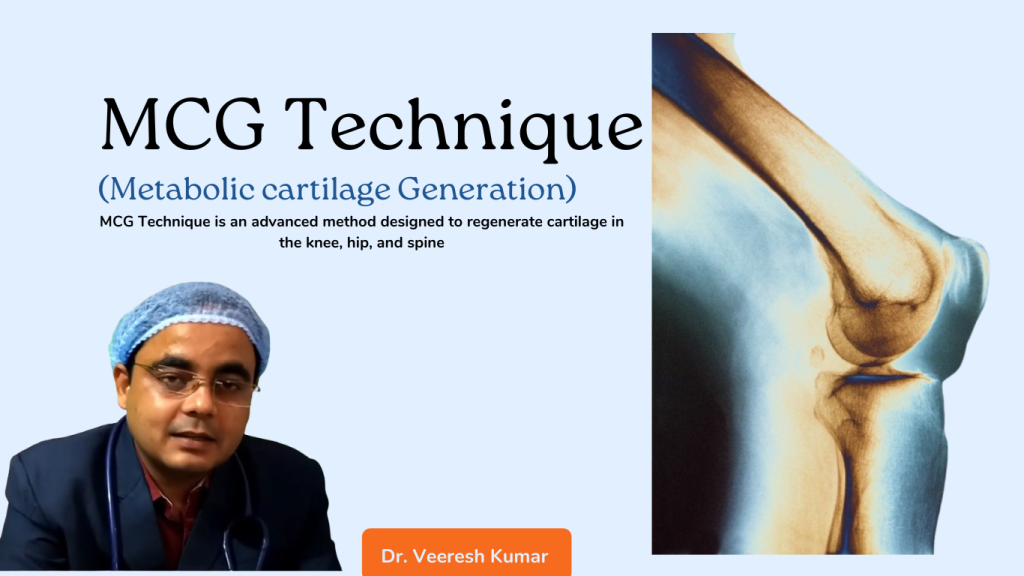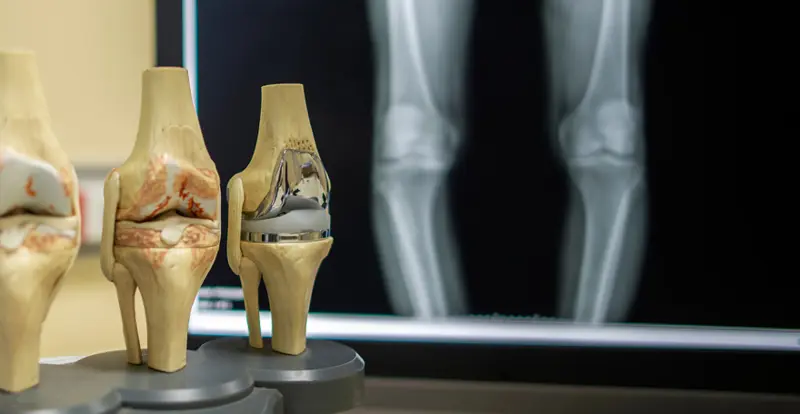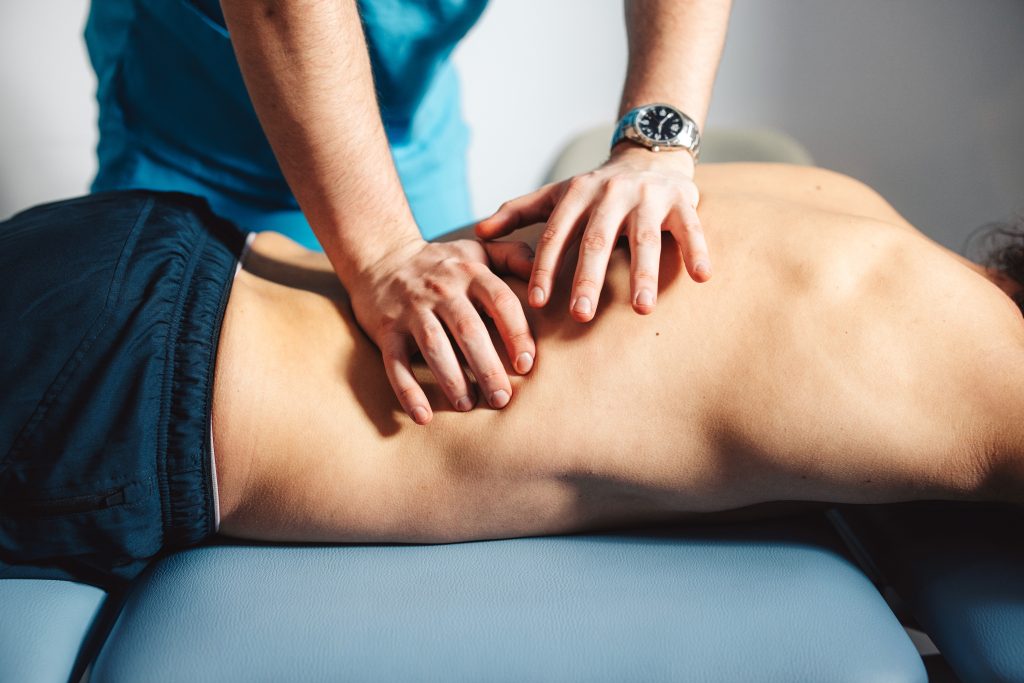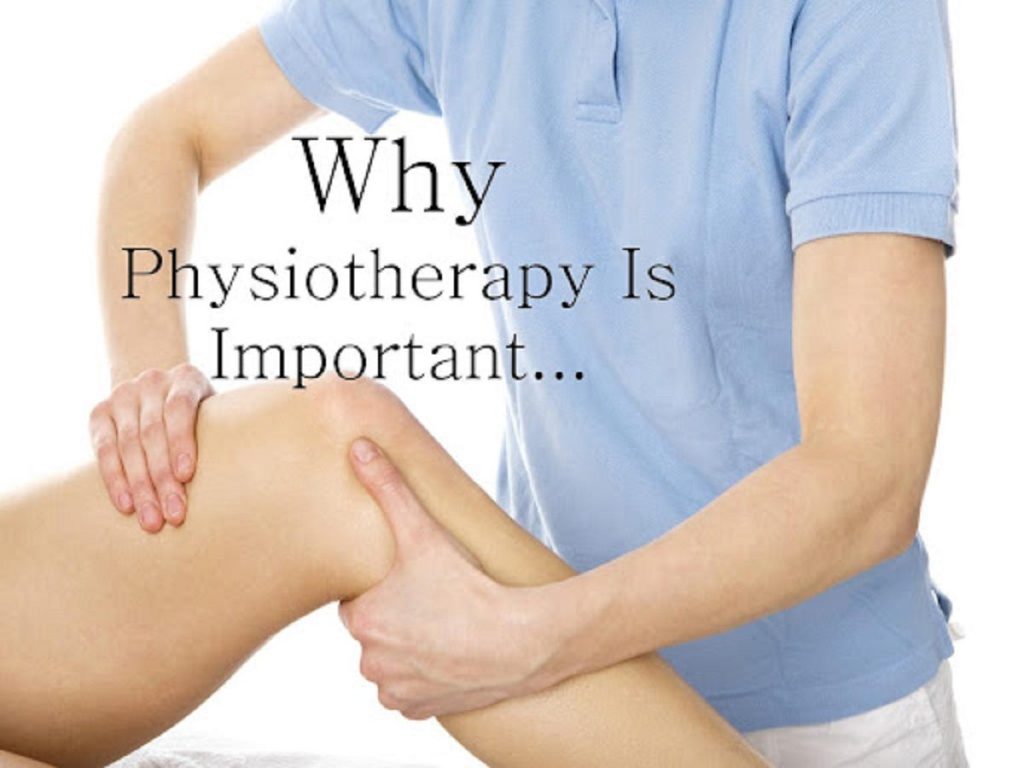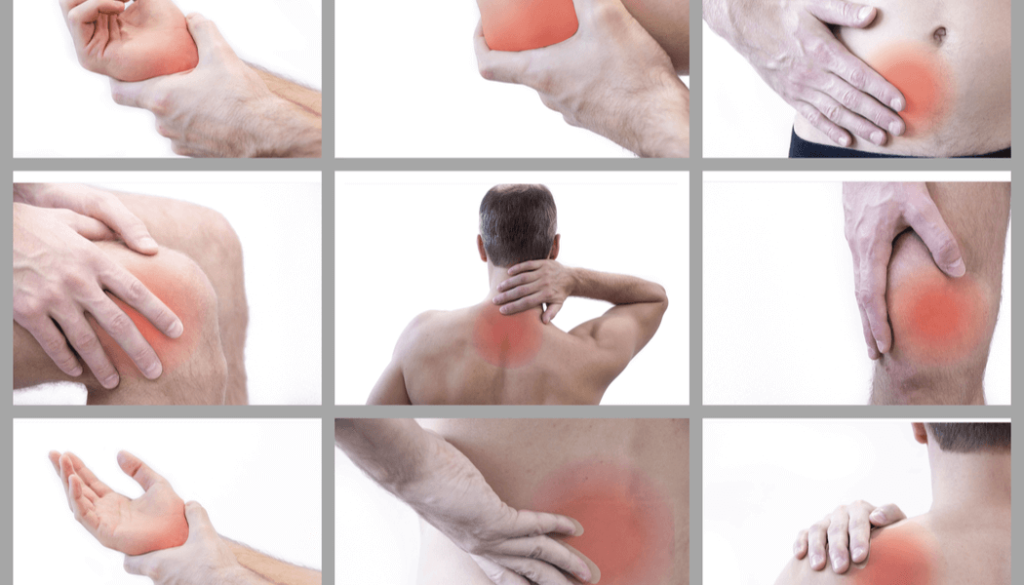The Father of Modern Physiotherapy: Revolutionizing Physiotherapy with Non-Surgical Treatments
The Father of Modern Physiotherapy
Dr. Veeresh Kumar, recently honored with the prestigious Acharya Charaka Chikitsa Samman 2024, has earned the title of the “Father of Modern Physiotherapy.” Known for his pioneering research and innovative techniques in non-surgical, non-medicinal treatments, Dr. Kumar is making waves in the world of healthcare. His groundbreaking work in the treatment of Arthritis, Fatty Liver, Low Back Pain, Knee Pain, and High Blood Pressure through advanced metabolic physiotherapy is revolutionizing the way we approach physical health.
A Visionary Approach to Treating Chronic Conditions
In a time when surgery and pharmaceuticals dominate the healthcare industry, Dr. Kumar has shown that there is an alternative. His Metabolic Techniques focus on treating chronic conditions without the use of invasive surgeries or reliance on medications. By addressing the root causes of various diseases through specialized physiotherapy, he is offering patients a holistic solution to their health concerns.
His innovative treatments have garnered attention worldwide, and the Acharya Charaka Chikitsa Samman awarded to him by Shri Mangal Pandey, the Health Minister of Bihar, further solidifies his contributions to the field.
The Science Behind Dr. Kumar’s Metabolic Physiotherapy
Dr. Kumar’s approach focuses on understanding and improving the metabolic processes that are often disrupted in individuals suffering from chronic conditions. These techniques target the body’s musculoskeletal system, blood circulation, joint health, and nerve function, to heal from the inside out. Here’s how his techniques work for some common ailments:
- Arthritis (Joint Pain): Traditional arthritis treatments often involve medication and surgery, but Dr. Kumar’s metabolic physiotherapy works by improving the blood flow to the joints, reducing inflammation, and enhancing joint lubrication through targeted exercises and therapies. This process helps to naturally repair the damaged tissues, relieving pain and improving mobility.
- Fatty Liver: Fatty liver disease is a growing concern worldwide, but Dr. Kumar’s non-invasive physiotherapy techniques focus on reducing liver inflammation, improving liver function, and detoxifying the body. By stimulating specific points in the body, his treatments help improve liver metabolism, promoting fat breakdown and reducing liver fat accumulation.
- Low Back Pain: Back pain is one of the most common reasons people seek medical treatment. Dr. Kumar’s therapies strengthen the muscles that support the spine, improve posture, and restore the natural curvature of the back. These techniques focus on increasing flexibility and strength in the core muscles, alleviating pressure on the spine and reducing pain.
- Knee Pain: Knee pain, especially due to arthritis or injury, can be debilitating. Dr. Kumar’s approach involves a combination of gentle physiotherapy exercises, heat therapy, and metabolic stimulation to restore cartilage health and reduce inflammation. By strengthening the muscles surrounding the knee joint, his treatment ensures better support and long-term pain relief.
- High Blood Pressure: Dr. Kumar’s metabolic physiotherapy also offers a solution to high blood pressure. By improving circulation, reducing stress, and promoting relaxation techniques, his therapies help reduce the strain on the cardiovascular system, naturally lowering blood pressure.
A Holistic Approach to Healing : Best Physiotherapy Hospitals in the World
Dr. Kumar’s treatments are not just about relieving symptoms—they’re about addressing the root causes of health issues. His holistic approach ensures that patients receive comprehensive care that supports the body’s natural healing abilities.
The goal is to create long-term benefits rather than relying on temporary solutions. This is why his techniques have proven effective in not just symptom management, but in improving overall quality of life.
The Best Physiotherapy Hospital in the World
As the founder and director of what is now recognized as one of the Best Physiotherapy Hospitals in the World, Dr. Veeresh Kumar’s institution has become a beacon of hope for patients seeking effective, non-surgical, and non-medicinal treatments. The hospital combines advanced physiotherapy methods with cutting-edge technology to provide personalized care to patients suffering from various chronic conditions.
Patients at Dr. Kumar’s hospital receive a tailored treatment plan that integrates his metabolic physiotherapy techniques with a wellness approach, ensuring that every patient gets the best possible care. The hospital’s state-of-the-art facilities and dedicated team of professionals are committed to delivering the highest standards of physiotherapy, making it a leader in the field.
Why Choose Dr. Veeresh Kumar’s Physiotherapy Treatments?
There are numerous reasons why Dr. Kumar’s treatments are so highly regarded in the medical community:
- Non-invasive & Drug-free: Dr. Kumar’s treatments focus on natural healing, avoiding the risks and side effects associated with surgery and medication.
- Holistic Approach: Rather than just addressing symptoms, his treatments aim to restore the balance of the body’s metabolic processes for long-term health benefits.
- Proven Success: Patients who have undergone Dr. Kumar’s metabolic physiotherapy have reported significant improvements in mobility, pain reduction, and overall well-being.
- Cutting-edge Technology: His physiotherapy clinic is equipped with advanced diagnostic tools and therapeutic equipment that enable accurate assessments and highly effective treatments.
- Global Recognition: Dr. Kumar’s work has not only earned national recognition but has also attracted attention from international healthcare communities.
The Future of Physiotherapy: Dr. Veeresh Kumar’s Vision
Dr. Kumar’s work is transforming the way we think about physical health. With a vision to further enhance the impact of his research, he is committed to expanding his reach, educating healthcare professionals, and developing new techniques that will continue to revolutionize the field of physiotherapy.
His work holds great promise for patients who seek non-invasive, drug-free alternatives to treat chronic pain, inflammation, and metabolic disorders. The future of physiotherapy looks bright under his guidance, and he remains dedicated to improving the lives of patients around the world.
Conclusion: A New Era in Physiotherapy
Dr. Veeresh Kumar’s research and treatments have opened new doors in the world of physiotherapy, showing that non-surgical and non-medical interventions can provide long-term relief from chronic conditions. With his innovative Metabolic Physiotherapy, he is giving patients hope and a path to better health, free from the limitations of traditional treatments.
His Acharya Charaka Chikitsa Samman 2024 is a well-deserved recognition of his tireless efforts to advance the field of physiotherapy, and his legacy as the “Father of Modern Physiotherapy” is just beginning.



